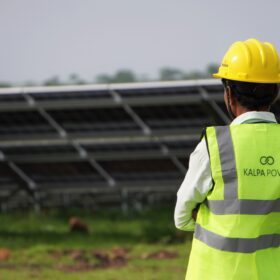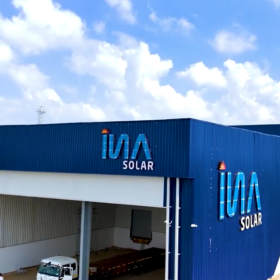Rising electricity bills have become a point of concern for many families. With power costs steadily increasing, the idea of investing in rooftop solar is no longer viewed as an environmental aspiration alone. It has become a practical financial decision. Yet for households evaluating this option, one question persists: is the path to affordability driven by subsidies or by loans?
The promise of financial savings
Rooftop solar comes with measurable advantages that extend well beyond energy independence. A well-installed system can possibly eliminate electricity bills altogether while delivering savings that run close to 100%. The returns on investment are realized quickly, with many households reaching payback in as little as three years. Long module warranties of up to 25 years and inverter warranties of around 10 years provide assurance of durability. Maintenance requirements remain minimal compared to other household infrastructures. When considered together, these factors make solar one of the few home investments that pays for itself while reducing long-term expenditure.
Subsidies as an early catalyst
Subsidies have historically been positioned as the driver of solar adoption for homes. By reducing the upfront cost, they make installations more accessible for households. For systems built under the Domestic Content Requirement (DCR) structure, the final expense is the net of subsidy, allowing homeowners to manage their initial investment more easily. However, subsidies are closely linked to government programs and approval timelines, which can create uncertainty for households planning their installation. When subsidies are delayed or policy priorities shift, adoption tends to slow.
The PM Surya Ghar Muft Bijli Yojana, launched in February 2024, is India’s flagship rooftop solar scheme targeting over one crore households with subsidized rooftop solar by 2027. Another provision covers community living, subsidy for Group Housing Societies and Resident Welfare Associations stands at Rs. 18,000 per kW for common facilities including EV charging, up to 500 kW capacity, with the upper limit being inclusive of individual rooftop plants installed by residents. These measures bring solar within the reach of many, but the reliance on policy cycles often means that widespread adoption hinges on the pace of implementation.
Loans as a long-term enabler
Affordable financing has steadily emerged as the more reliable lever for scaling residential solar. Many households now find that equated monthly installments are lower than their electricity bills, effectively replacing a recurring expense with an investment. For example, with a five-year tenure, the EMI for a rooftop solar system can be equal to or less than what a household pays each month to the power utility. Short-term financing models of six or twelve months have also gained traction, particularly among homeowners looking for faster ownership without locking in long commitments.
An average residential installation costs between 2 – 2.5 lakh rupees, a figure that can appear daunting as an upfront outlay. Loans convert this into manageable payments, allowing salaried professionals as well as self-employed individuals to adopt solar without financial strain. Interestingly, adoption patterns show Tier 2 cities leading in the uptake of EMI-based solutions compared to Tier 1 cities, where residents may still be inclined to wait for subsidies or use personal savings.
Building long-term affordability
While subsidies have provided an important early boost, the future of residential solar affordability rests on financing models that expand access consistently. Loans create a pathway for households across diverse income brackets and geographies to invest in clean energy without waiting for government support. They also build financial discipline around energy savings, as every rupee that would have gone to a utility bill is instead directed towards ownership of an asset that continues to generate power long after the loan is repaid.
With evolving financing structures, solar is becoming a mainstream home investment. As financial institutions refine products suited to different household needs, affordability becomes less about waiting for subsidies and more about leveraging practical financing options that make adoption easier today.
Conclusion
The path ahead for residential solar really depends on finding the right mix of both subsidies and loans working together. Subsidies help knock down those initial costs and make solar accessible to more families, while loans keep affordability steady across different regions and over the long haul. When these two approaches complement each other, they build a system that gives households the confidence to make the switch to solar, turning monthly utility payments into ownership of something that keeps delivering value for years. As equipment prices keep dropping and financing gets easier to navigate, how well subsidies and loans work in tandem will determine just how fast rooftop solar becomes as common as any other home feature across the nation.
The views and opinions expressed in this article are the author’s own, and do not necessarily reflect those held by pv magazine.
This content is protected by copyright and may not be reused. If you want to cooperate with us and would like to reuse some of our content, please contact: editors@pv-magazine.com.








By submitting this form you agree to pv magazine using your data for the purposes of publishing your comment.
Your personal data will only be disclosed or otherwise transmitted to third parties for the purposes of spam filtering or if this is necessary for technical maintenance of the website. Any other transfer to third parties will not take place unless this is justified on the basis of applicable data protection regulations or if pv magazine is legally obliged to do so.
You may revoke this consent at any time with effect for the future, in which case your personal data will be deleted immediately. Otherwise, your data will be deleted if pv magazine has processed your request or the purpose of data storage is fulfilled.
Further information on data privacy can be found in our Data Protection Policy.